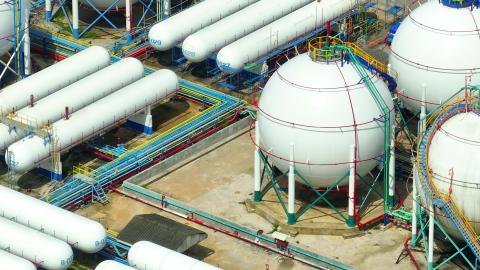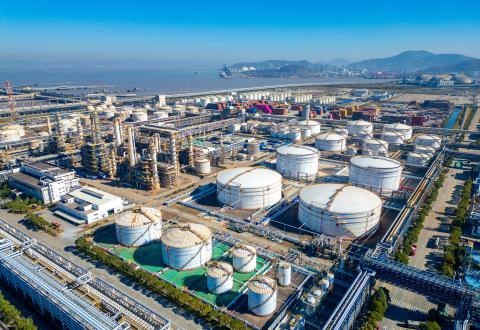IEEFA Australia: Inadequate Transparency and Operational Processes Around A$900 Public Loan Proposal to Adani
Aug. 29, 2017 (IEEFA.org) — The Institute for Energy Economics and Financial Analysis has submitted testimony to the Australian Senate noting serious deficiencies in how the Northern Australia Infrastructure Facility (NAIF) has managed its consideration of an A$900 million loan to subsidize construction of a rail link for the proposed Carmichael coal mine.
IEEFA’s written testimony describes the lack of transparency around NAIF’s corporate governance and details how the Carmichael rail loan proposes highlights flaws especially in NAIF’s project-assessment processes. NAIF is deliberating the proposal at a time when financial institutions are increasingly turning away from coal investments.
The testimony is in response to Senate inquiry into the governance and operation of NAIF. Results of the inquiry are expected to be made public by Dec. 7.
The authors of the testimony, Tim Buckley, IEEFA director of energy finance studies, Australasia, and Simon Nicholas, an IEEFA energy finance analyst, write that—aside from the deficiencies in NAIF’s handling of the loan request—the application comes at a time in which such projects are increasingly unviable:
“The trend among major financial institutions toward moving away from thermal coal financing places considerable doubt on the ability of a coal project developer to pay back or refinance loans. The Carmichael proposal in question here—which seeks support by way of a NAIF loan to finance a rail line for the project—comes with additional specific risks that bring its bankability into question and that help explain why the proponent continues to struggle to find private financers.”
Buckley and Nicholas note also that the “pit-to-plug” strategy of the developer, the Adani Group, is collapsing. That strategy, which was the original rationale for Carmichael, is predicated on Carmichael coal being shipped to India for Adani’s use. Adani Power has recently accepted, however, that its Mundra power station, which would be the main user of Carmichael coal, is no longer viable as an import-coal operation. Adani is currently seeking to offload ownership at least 51 percent of Mundra plant to the Gujarat state government for a nominal one rupee.
“The NAIF Investment Mandate requires a project proposal to be in the public interest for it to qualify for a loan,” Buckley said. “The NAIF board does not appear to have given enough attention to this part of its mandate.”
The testimony notes also that an analysis by Wood Mackenzie has found that the development of the Galilee Basin—which is where the Carmichael mine would be located—would reduce output in the Hunter Valley, Australia’s main thermal coal-producing region, by 35 percent by 2035. The New South Wales government would consequently see a major reduction in mining royalties.
Further, an approval of a NAIF loan for Adani would be an endorsement of the use of tax havens at a time when the government has said it is cracking down on tax avoidance by multinational companies.
“The NAIF Board is required to preference multiple-user infrastructure that benefits the broader economy,” Buckley said. “However, it is clear that Adani’s proposed Carmichael rail line would benefit one user and one user only. There is no further port capacity to export coal from any other Galilee Basin project. Although an expansion of Abbot Point Coal Terminal was part of the original Carmichael vision, it is becoming increasingly clear that Adani has neither the desire nor the funding to take on such an expansion.”
Buckley said, “It seems clear that it is not in the wider Australian public interest for NAIF to lend A$900m to Adani.”
Full testimony: NAIF Inadequate Project Assessment and Failure of Public Interest Test
Media:
(Australia) Brami Jegan +61 448 276 945 [email protected]
(U.S.) Karl Cates 917 439 8225 [email protected]
ABOUT IEEFA
IEEFA conducts research and analyses on financial and economic issues related to energy and the environment. The Institute’s mission is to accelerate the transition to a diverse, sustainable and profitable energy economy.
RELATED POSTS:
IEEFA Australia: The Odds Against Adani’s Mega-Mine Are Growing
IEEFA Update: Adani’s ‘Go-Ahead’ on Australian Mega-Coal Mine Is a Stunt
IEEFA Asia: India’s Electricity-Sector Transformation Is Happening Now










